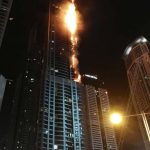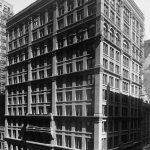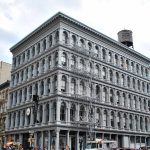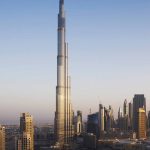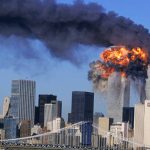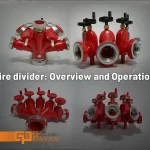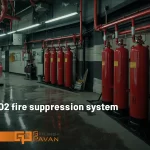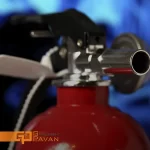The world loves tall buildings, and the satisfaction that comes with building one can’t be measured. But building skyscrapers has been dangerous work from the beginning. Here’s a look at how tall building construction safety has evolved over the years.
A Short Walk Through the History of Mega-Skyscrapers
The invention of the passenger elevator and the mass production of steel are arguably the two most important steps toward the towering skyscrapers of today. By comparison, the first building to have a passenger elevator installed – the E.V. Haughwout Building in New York City – stood only five stories high.
The first building to have steel in its frame was the Home Insurance Building in Chicago. Considered to be the world’s first skyscraper, this building stood 10 stories high until it was demolished in 1931.
These more modest constructions paved the way for much taller – and more iconic – modern skyscrapers, such as the Empire State building, the Sears (now Willis) tower, and Dubai’s record-breaking Burj Khalifa, which stands an impressive 2,722 feet tall.
Safety in the World’s Tallest Buildings
A recent fire in the Marina Torch building in Dubai highlighted the safety features now standard in supertall buildings.
The blaze, believed to have been started on the 52nd floor, caused some smoke inhalation injuries and a fair amount of fear – but no reported deaths, thanks to how quickly firefighters were able to bring the fire under control. That speed was made possible by modern skyscraper design, which builds safety features right into the blueprints.
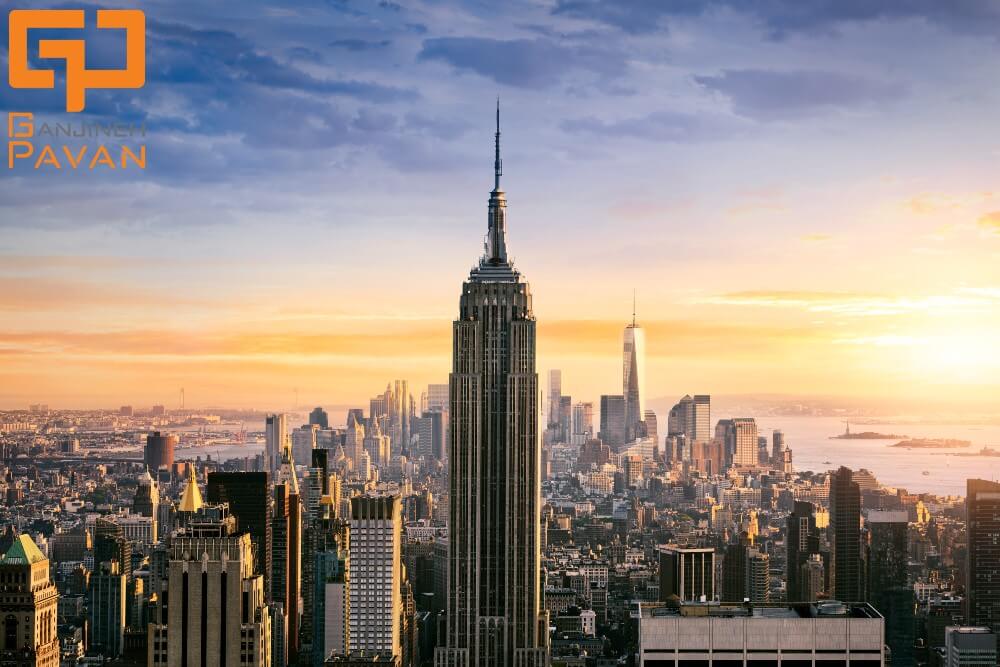
These safety features have a heavy focus on fire prevention, since fighting a fire in such a tall building presents serious challenges to emergency crews. The idea is that fires should burn themselves out without causing structural damage that collapses the building. That means that occupants above the fire can either be evacuated safely or remain in place until the fire is under control.
To accomplish this, builders construct barriers to slow fires and automatic doors that close after fire detection (to further slow the blaze). Many buildings also feature a compartmentalized construction, in which each compartment has fire-proof protective material to keep a fire from spreading to the rest of the building.
The Burj Khalifa in Dubai is 828 meters, or 2,717 feet, in height and has been the world’s tallest building since 2008. Dubai’s signal engineering achievement is a “mega-tall” building and is easily the highest mega-skyscraper in the world. There are many such mega-skyscrapers around the world today, too, and much more are in the planning stages for 2020 and beyond. Mega-skyscraper heights present unique challenges, though, including how their fire safety, as well as occupant evacuation systems, operate in emergencies.
The Rise of Supertall Building Construction Safety – Fieldlens by RedTeam
9/11 and the World Trade Center
The terror attacks on New York’s World Trade Center on 9/11 highlighted a wide variety of fire safety and fire suppression as well as building evacuation issues. Both towers, once considered the tallest in the world, were brought down by a combination of extensive physical damage to upper floors as well as raging fires. Critical fire suppression systems were knocked out as a result of the injury, and key fire exits and stairwells were impassable on several upper floors.

Also, some WTC tenants’ building evacuation plans were poorly designed or were not practiced on a regular basis. When WTC’s towers eventually collapsed on 9/11, thousands of people found themselves trapped inside and unable to escape. Because of the WTC tragedy, a close examination of engineering for mega-skyscrapers and the fire safety systems employed within them was conducted. If any good has come out of the World Trade Center terror attacks, it’s that today’s newest mega-skyscrapers feature state-of-the-art engineering, fire safety, and evacuation systems. Mega-Skyscrapers Present Fire Safety Challenges | Tower Fasteners



